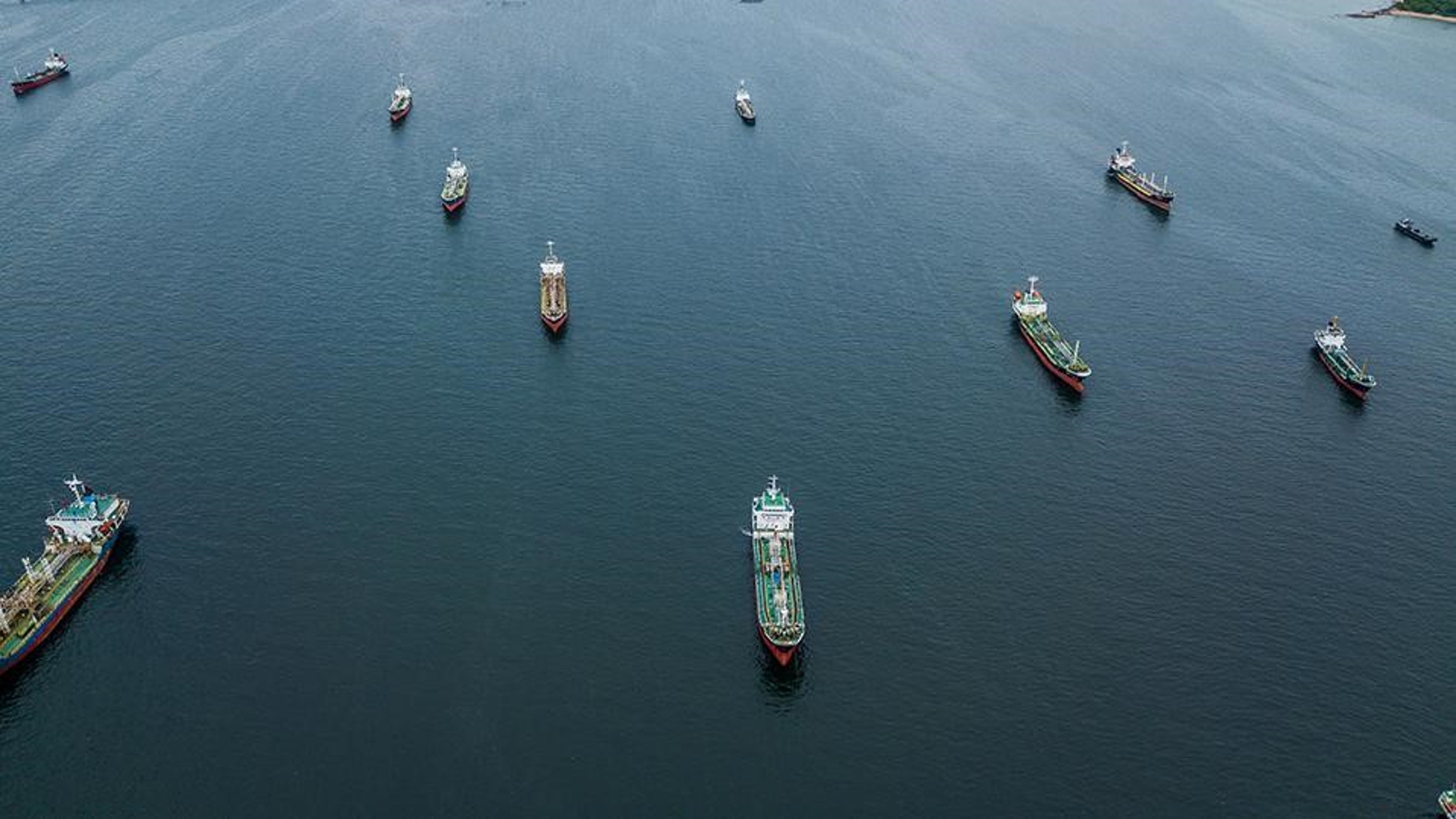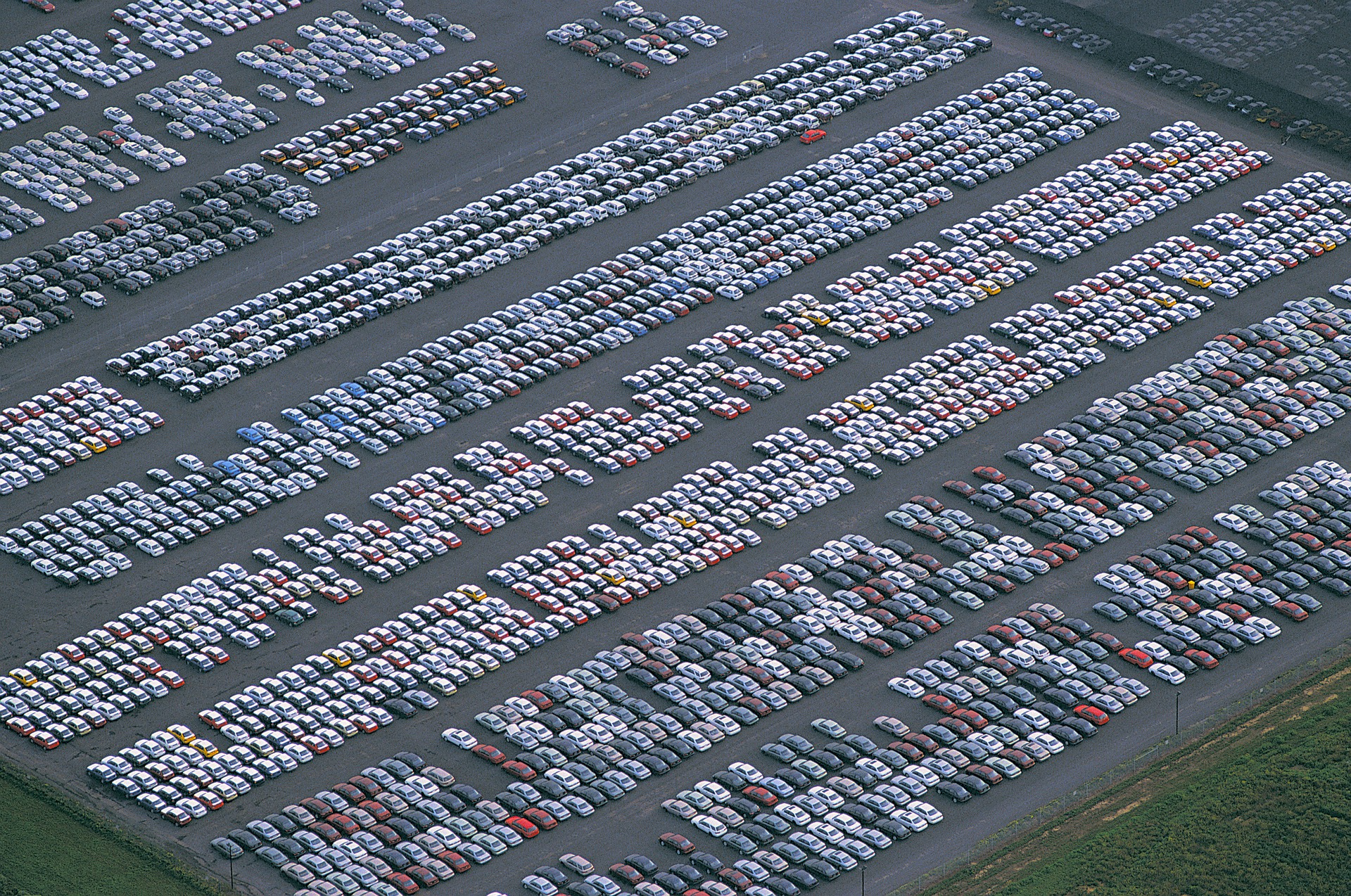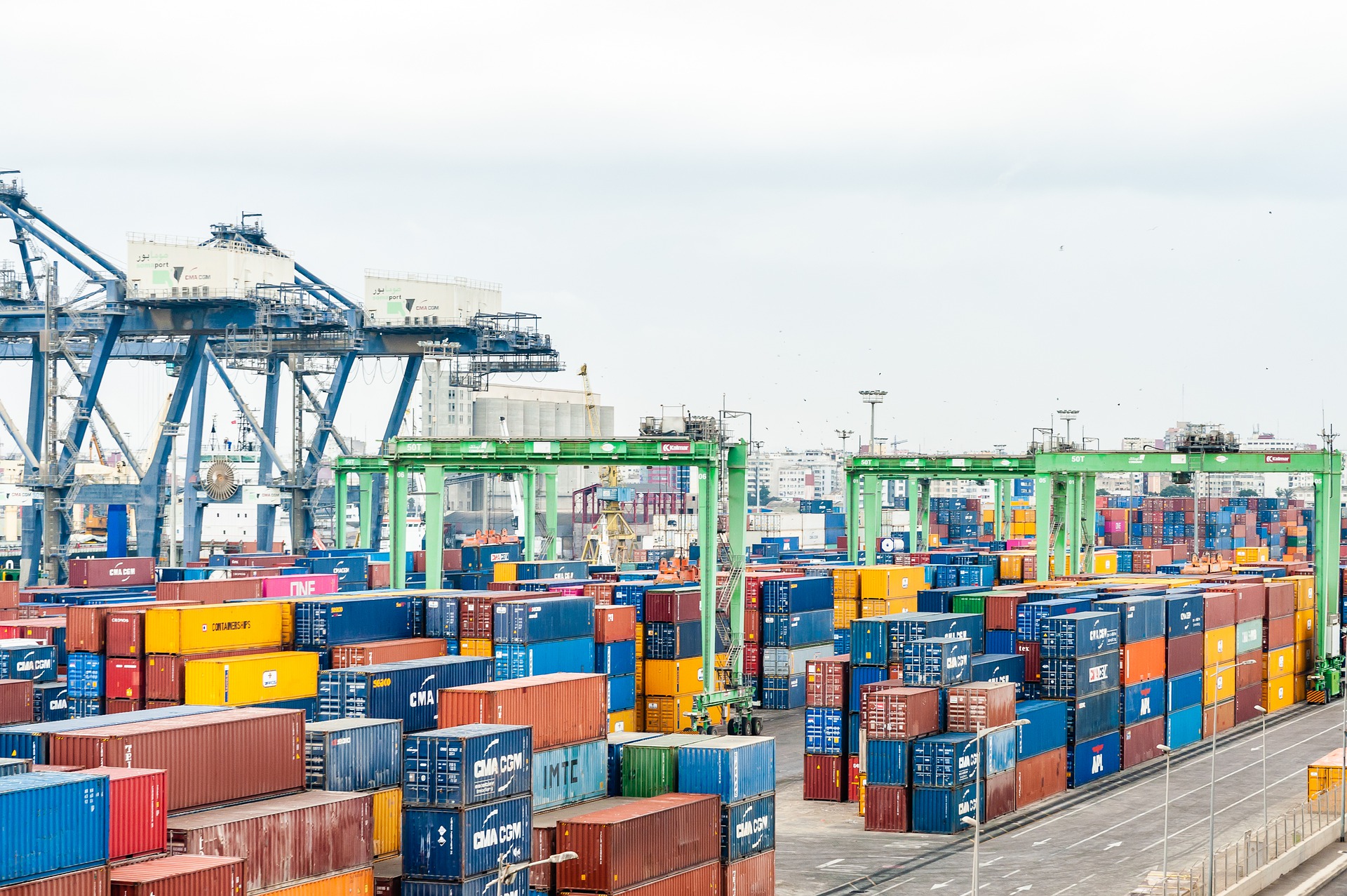Production losses and rising commodity, energy and logistics costs are dampening economic growth and could lead to increased bankruptcies among companies with low earnings. Emerging markets such as India and Cambodia are also increasingly suffering from energy shortages and dramatic price increases. More than 50 per cent of energy production is based on coal, whose price has skyrocketed. Developing new deposits takes a long time and is politically undesirable. Inventories are empty and in addition to hitting the economy of the region, the power shortages that are expected would also worsen global supply-chain problems.
To what extent these losses can be compensated by higher prices depends on the structure of the economy. Net exporters of energy and commodities (e.g. Russia) currently have the advantage over net importers (e.g. Germany). Energy- and commodityhungry China will also likely see a decline in growth. September saw the first decrease in manufacturing activity since the beginning of the pandemic, due to production losses caused by the shortage of electricity in many parts of the country.
There are also signs of a crisis in the Chinese real estate market, where the difficulties of China’s largest real-estate developer Evergrande are causing unrest. The company has more than EUR 250 billion in liabilities, with bonds and bank loans accounting for around 30 per cent of this amount. The largest share is for liabilities to customers and suppliers, i.e. construction companies. It is common practice for property buyers to make advance payments for properties that are still under construction. A collapse of the company would therefore not only affect shareholders, bondholders and lending banks, but also property buyers and suppliers. The situation could become especially precarious if real-estate prices were to fall across a broad front, thereby causing difficulties for other real-estate companies. Given the great importance of the real-estate sector, which economists Kenneth Rogoff and Yuanchen Yang calculate contributes 29 per cent of China’s economic output, and real-estate assets that represent around two thirds of the total assets of Chinese households, a collapse in prices would have serious consequences for the Chinese economy.
The crisis, however, also reveals the structural weakness of the Chinese economy. Credit-financed investments in unproductive residential towers caused private household debt to grow strongly and inflated bank balance sheets. Since the financial crisis in 2008, total debt (private households, companies, government) has grown significantly faster than the growth rate of the economy (see Figure 1).

More and more yuan of additional debt must be incurred for each yuan of additional growth. This model has now reached its limits. The Chinese government is aware of this and Xi Jinping’s call to “strive for real and not excessive growth” may be taken as an indication that other areas of the economy, such as consumption and technology investment, will take priority in the future.
The Evergrande case will likely also make an example of the widespread problem of moral hazard, since a rescue of all interest groups is not expected. Ultimately, the Chinese state banks will work with the central bank and government to manage the crisis in a way that avoids social unrest in order to maintain the legitimacy of the leadership. Shareholders and bondholders will probably go away emptyhanded. It is exaggerated, however, to compare this to the Lehman Brothers bankruptcy and subsequent financial crisis, since there are practically no loans with parties abroad. The expected slowdown in the Chinese real-estate market will nevertheless also have a negative effect on global economic growth.
Given the strong growth in the USA, however, it would be premature to talk of global “stagflation”. This term, which was coined in the seventies, describes the simultaneous combination of falling or stagnant economic output and rising prices. At that time, an oil embargo by Arab exporters caused the price of oil to increase from three to 12 dollars within a year. Inflation rose to 12 per cent in the USA in 1974, while real growth was minus 0.5 per cent and remained below zero in 1975 (see Figure 2).

Although the current situation is not comparable to the seventies, a new inflation regime could become established if the inflation bump continues longer and leads to higher inflation expectations.
So-called second-round effects, in particular higher wage demands in future collective bargaining, will play a role in this. Even if the inflation bump has already receded again by then, the unions will not simply forget the increase in inflation this year but will instead demand extra compensation. This would increase the inflation base.
There are also structural factors that are likely to lead to a higher level of inflation in the long term: deglobalisation, decarbonisation and demographics.
• Deglobalisation: Supply-chain problems are causing companies to distribute their production facilities more broadly and, in some cases, renationalise them. However, choosing resilience instead of efficiency also increases costs.
• Decarbonisation: Climate protection is not without cost. This is politically intended. In addition to significantly increasing CO2 prices, which will have a direct effect on consumer wallets (electricity, petrol, natural gas), the energy transition will also increase production costs, which will indirectly lead to higher consumer prices.
• Demographics: The Baby Boomers will retire in coming years, thereby further worsening the already noticeable shortage of skilled workers. This will drive up labour costs. A growing number of older people who are no longer working will increase the costs of health and pension insurance, therefore also increasing labour costs.
A column by Bert Flossbach, cofounder at Flossbach von Storch





